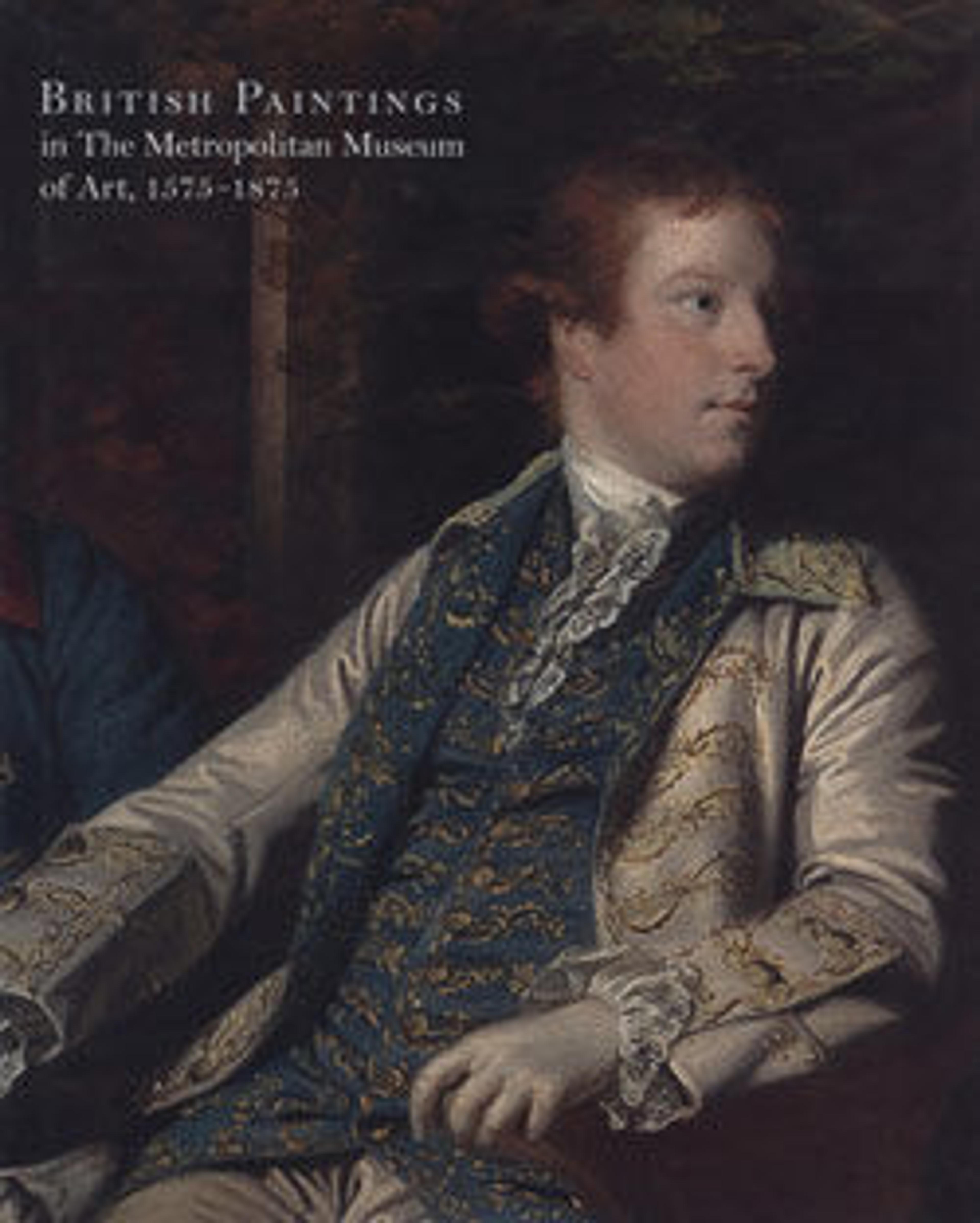The Drummond Children
Six-year-old George Drummond is shown on his pony, the object of admiring gazes from his foster brother and sister. George became a member of the family bank, married, had four children, and died at age 49. By contrast, by 1821, his father had taken up a life of gambling and dissipation, abandoned his wife and children, and was living with the wife of a naval officer.
The preeminent painter of the Scottish Enlightenment, Raeburn was particularly gifted at naturalistic depictions of children.
The preeminent painter of the Scottish Enlightenment, Raeburn was particularly gifted at naturalistic depictions of children.
Artwork Details
- Title: The Drummond Children
- Artist: Sir Henry Raeburn (British, Stockbridge, Scotland 1756–1823 Edinburgh, Scotland)
- Date: ca. 1808–9
- Medium: Oil on canvas
- Dimensions: 94 1/4 x 60 1/4 in. (239.4 x 153 cm)
- Classification: Paintings
- Credit Line: Bequest of Mary Stillman Harkness, 1950
- Object Number: 50.145.31
- Curatorial Department: European Paintings
More Artwork
Research Resources
The Met provides unparalleled resources for research and welcomes an international community of students and scholars. The Met's Open Access API is where creators and researchers can connect to the The Met collection. Open Access data and public domain images are available for unrestricted commercial and noncommercial use without permission or fee.
To request images under copyright and other restrictions, please use this Image Request form.
Feedback
We continue to research and examine historical and cultural context for objects in The Met collection. If you have comments or questions about this object record, please complete and submit this form. The Museum looks forward to receiving your comments.
